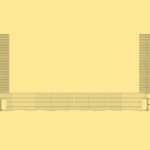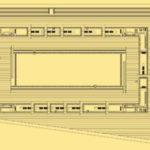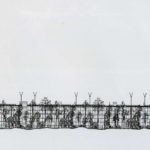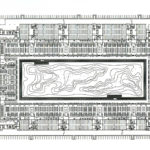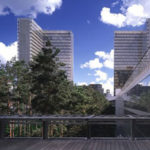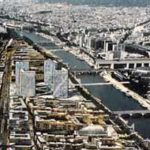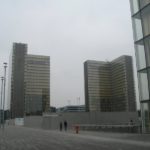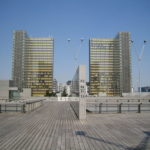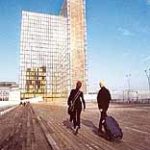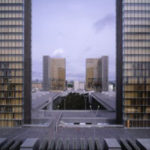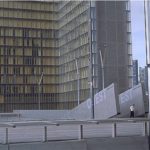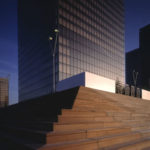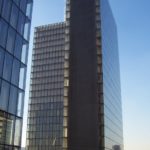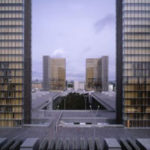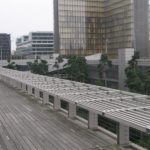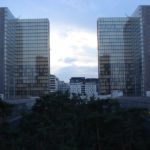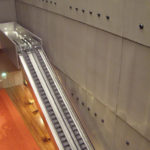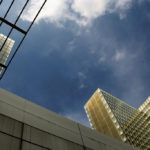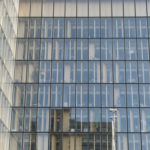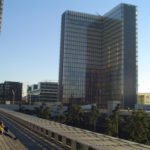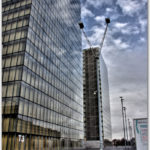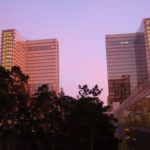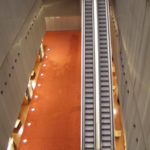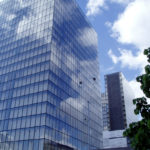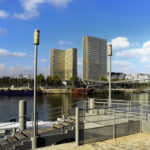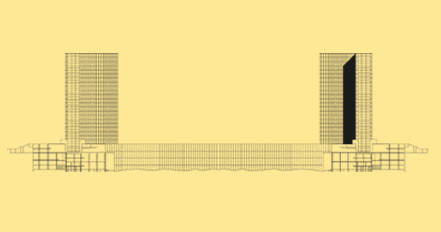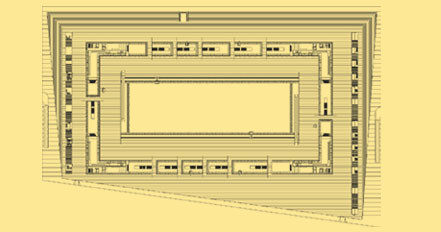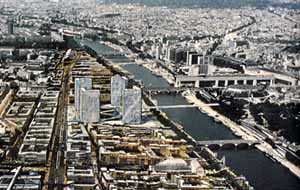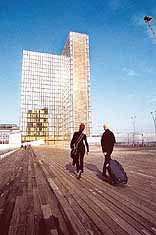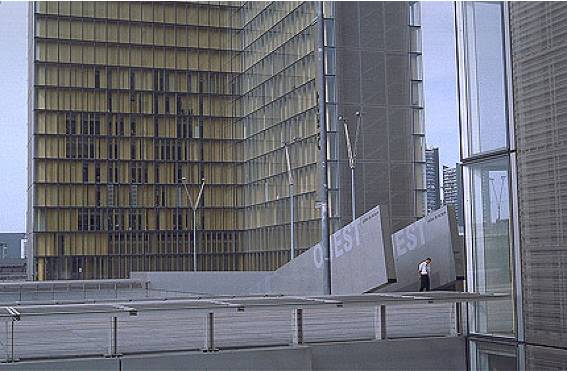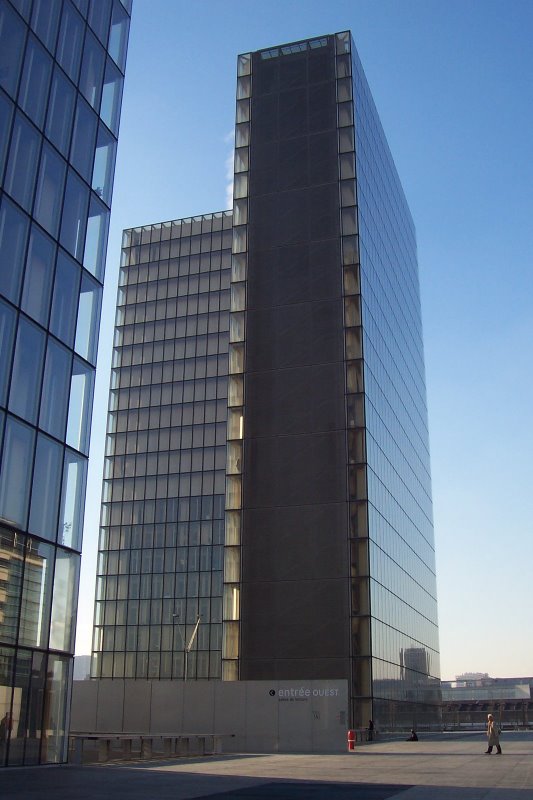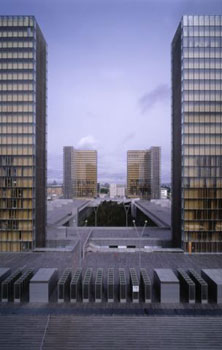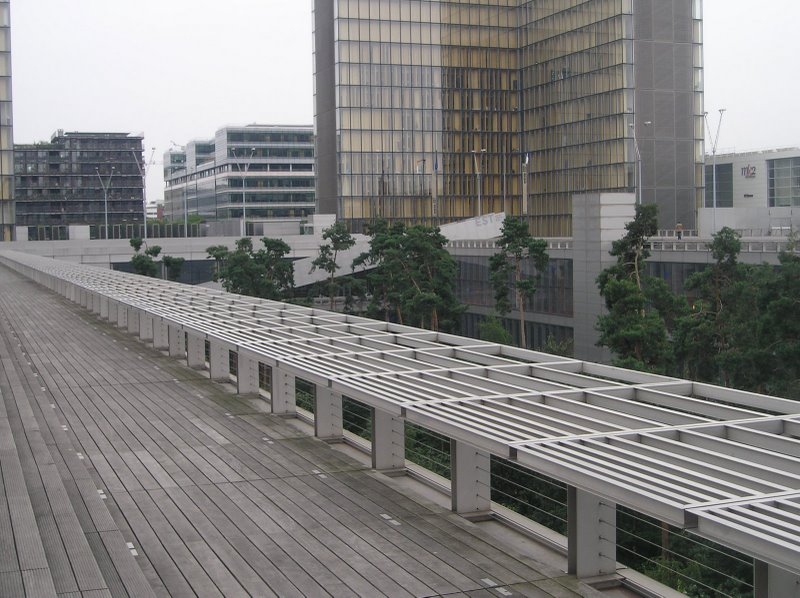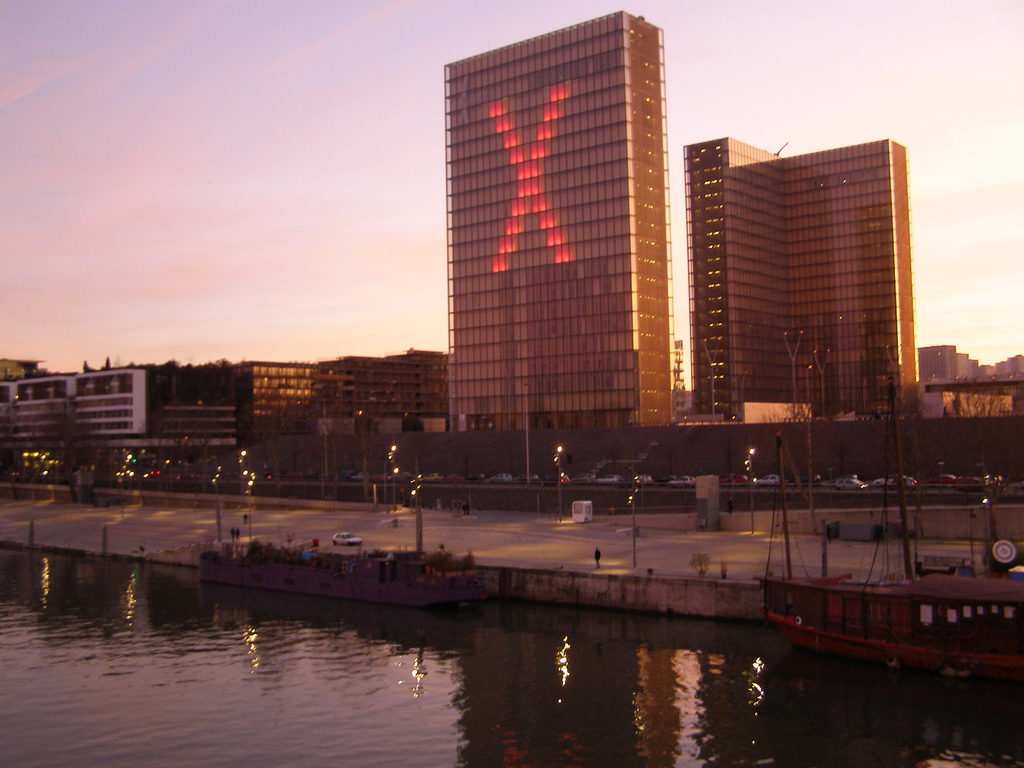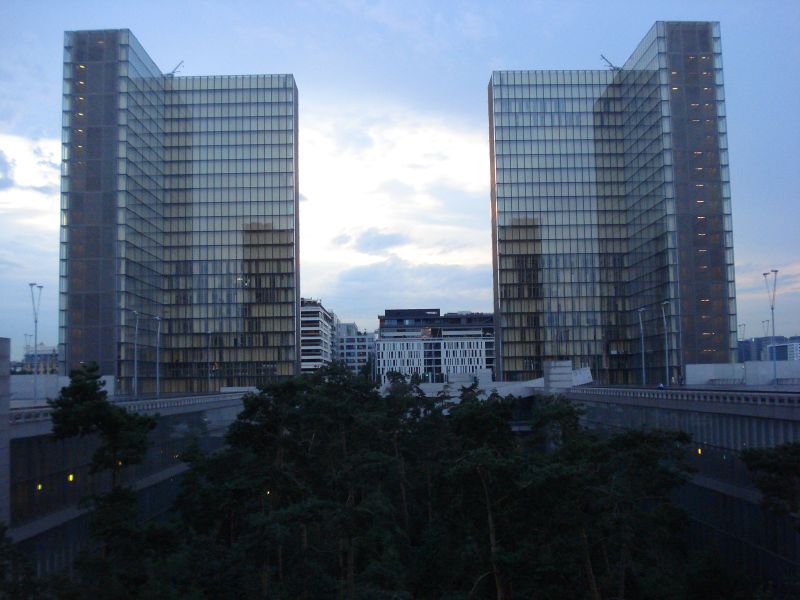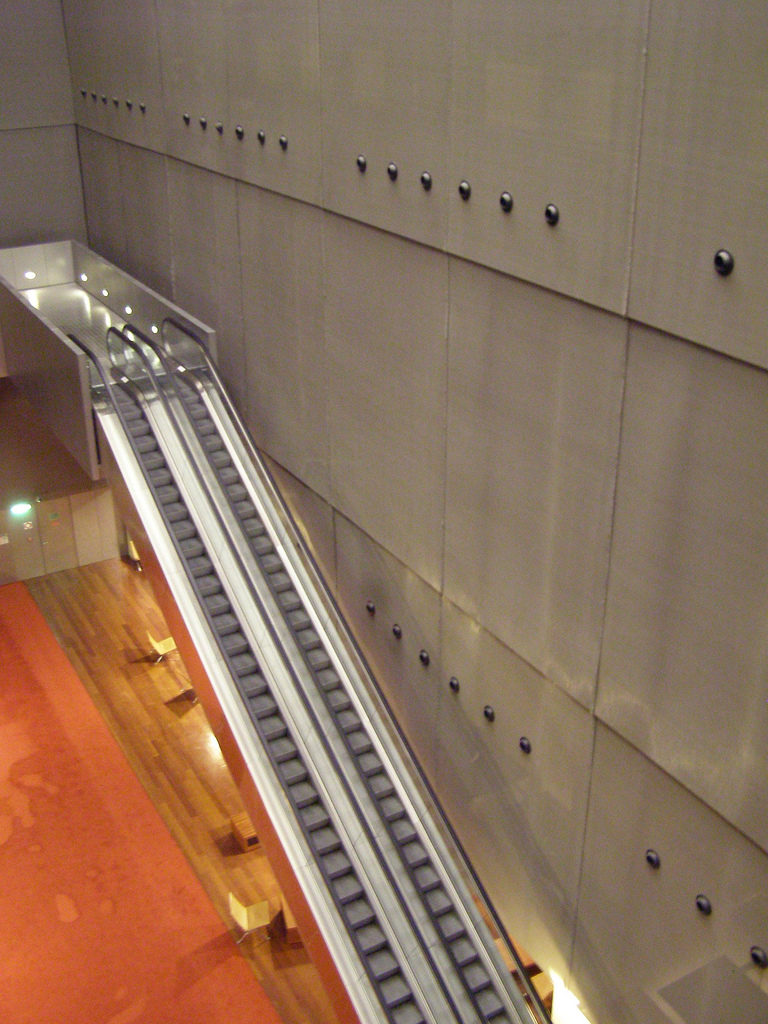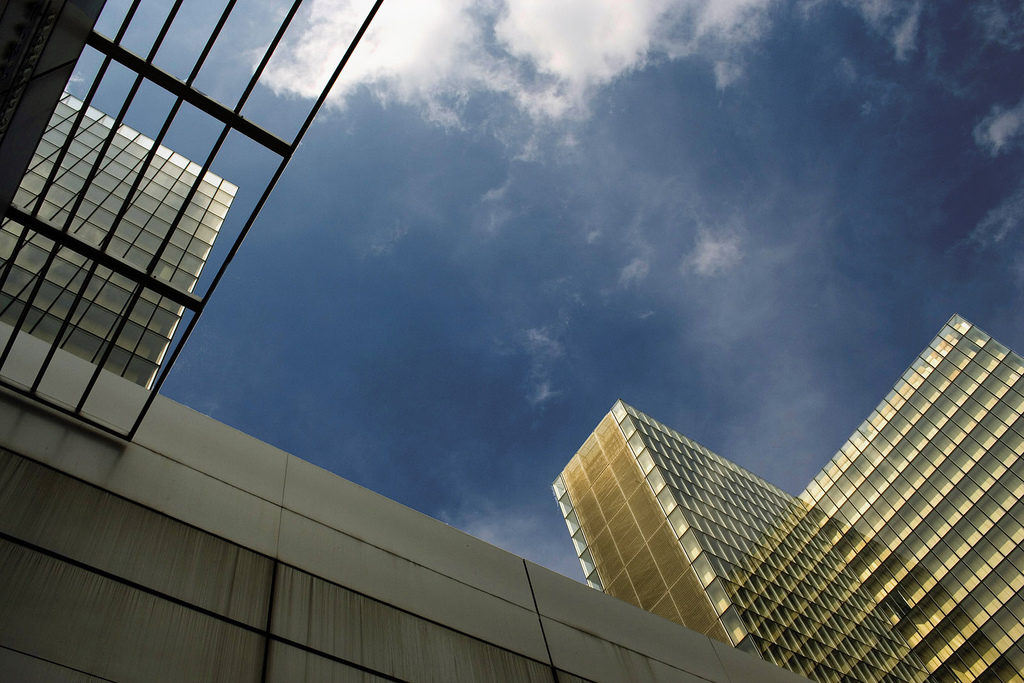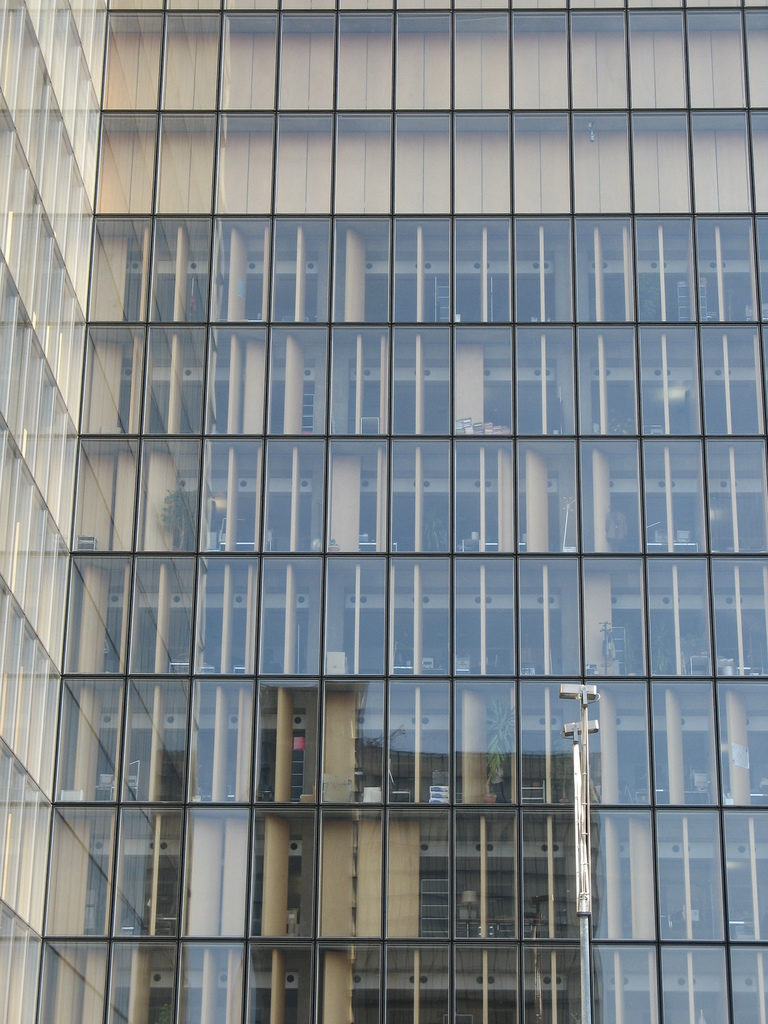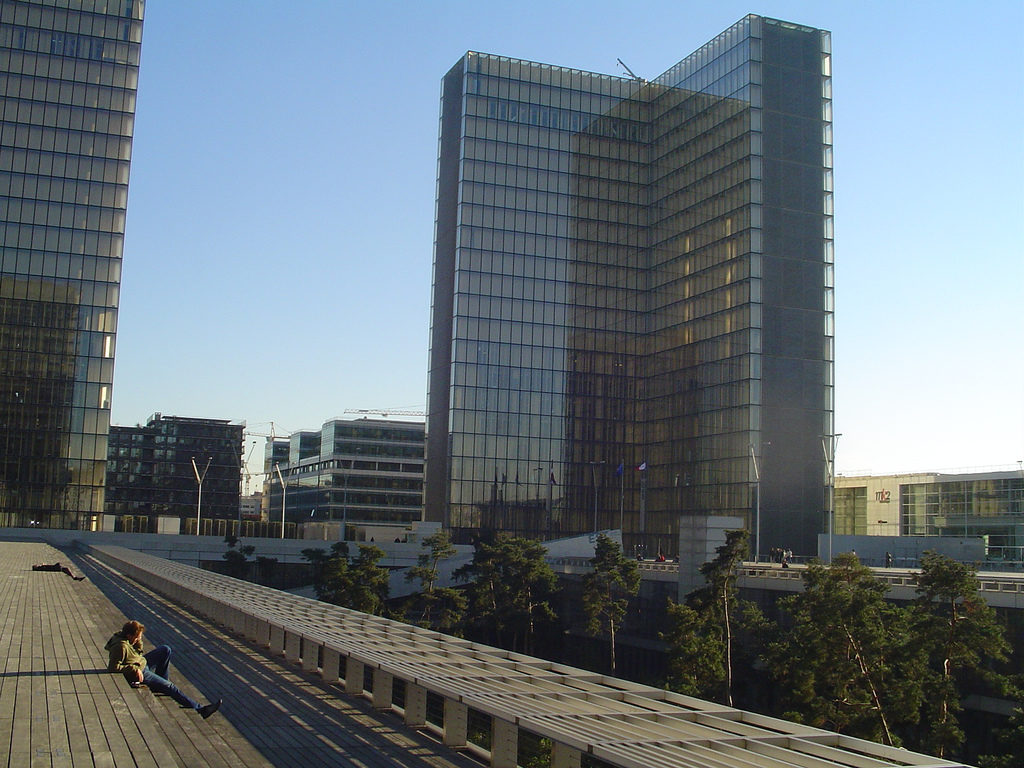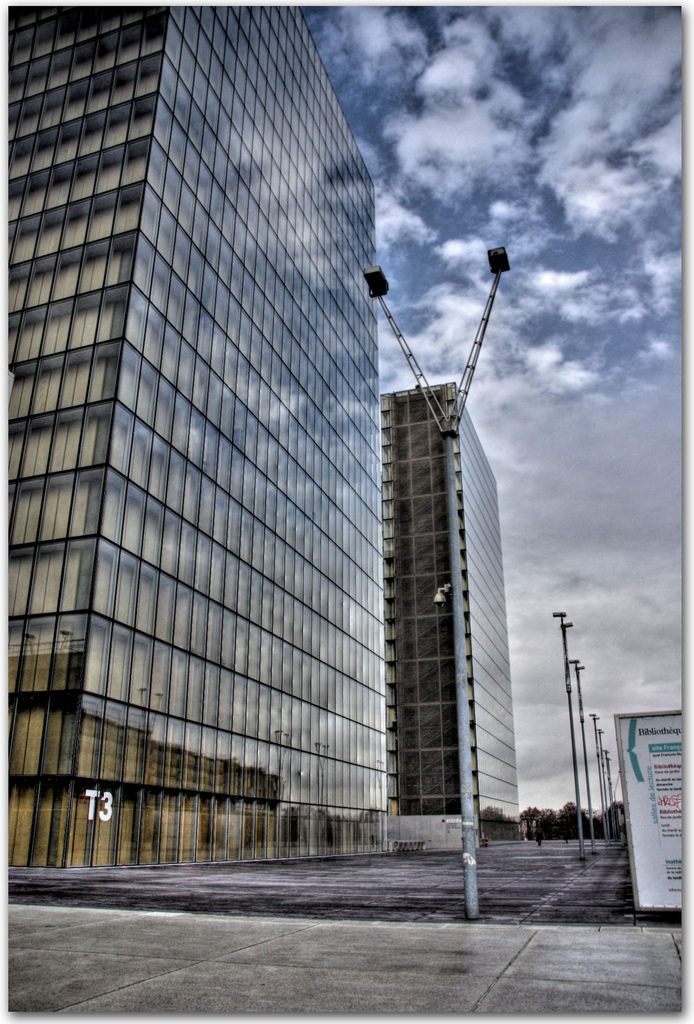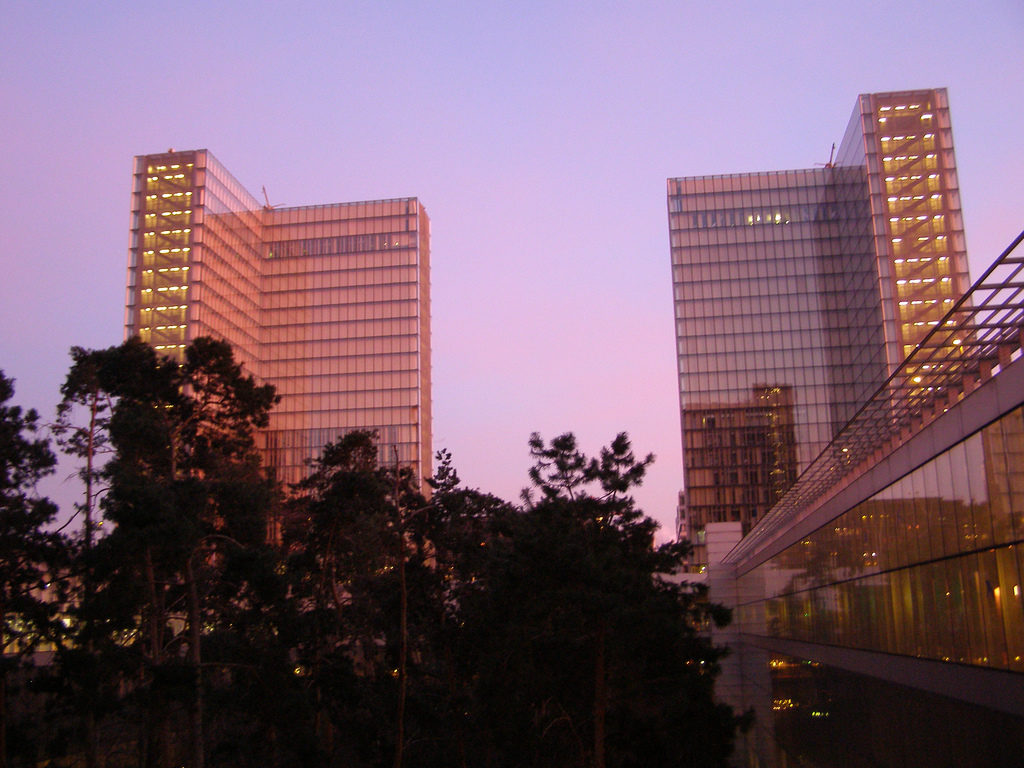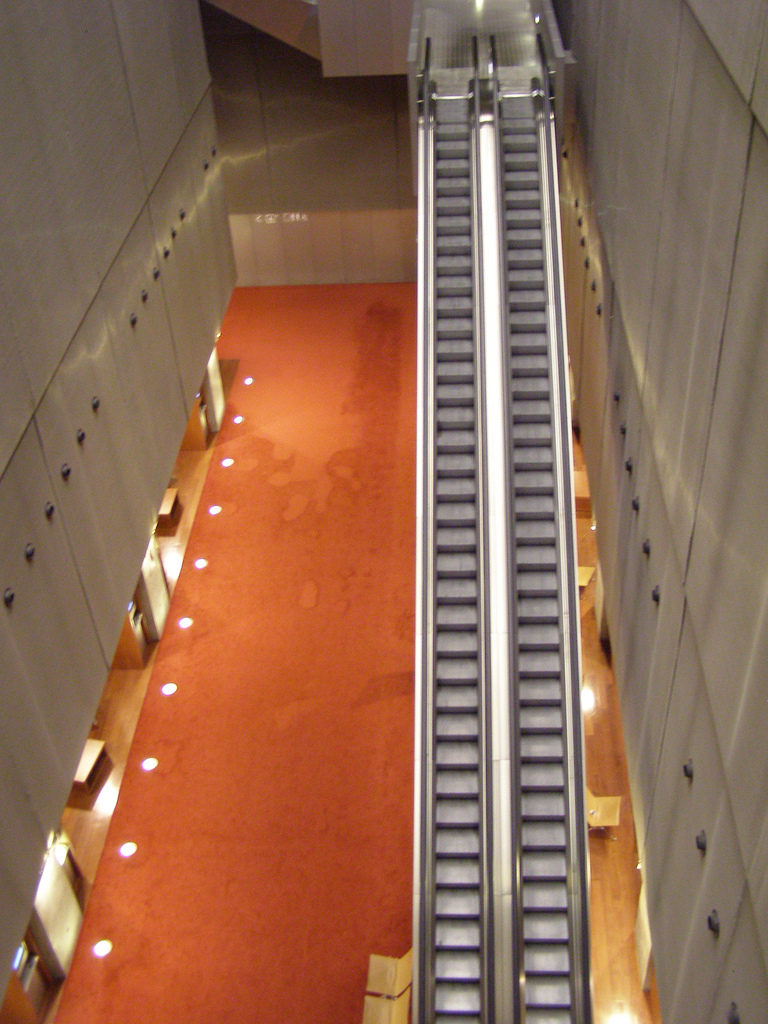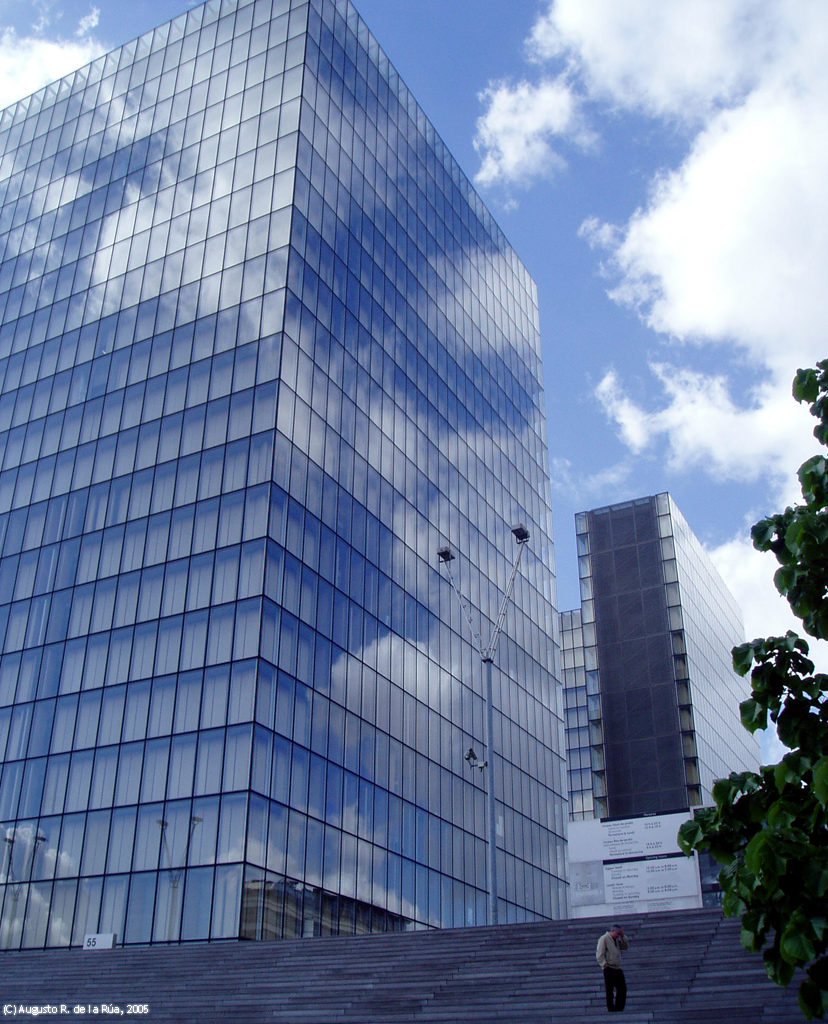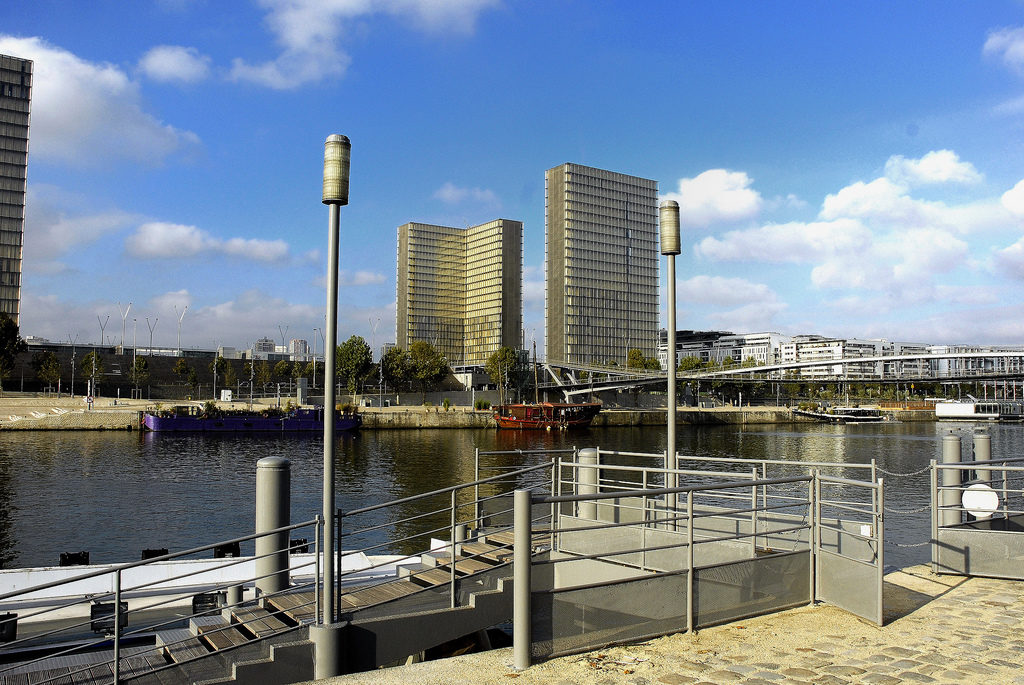France National Library

Introduction
On 14 July 1988, President Mitterrand of France announced its intention to build the library in Paris most of the modern world, with the title of “grand projet de l’Etat.”
Thus, in early 1989 he was summoned by an invitation, attended by 244 internationally renowned architects: the committee of the “Association pour la Bibliothèque de France” has selected twenty projects, of which only four were brought to attention of President Mitterand.
This was the work of Dominique Perrault, Jan Kaplicky, James Stirling and Philippe Chaix.
Finally, the jurors unanimously elected the project from French Perrault, who was then just 36 years thanks to the order obtained for the new library building, the young architect soon reached the notoriety
Situation
The building complex emerges in the eastern part of the French capital on the banks of the Seine: it looks austere and imposing blends perfectly with the urban context in which it is located.
Concept
The strength of this work is to the radical nature of his proposal. Perrault creates a huge central square bounded on its corners by four tall towers in the form of diedros. In such places the pylons reservoirs of various books, while the spaces intended for public reading rooms, auditoriums, and so on. are located below and to the sides of the vast central square. The proposal involves an investment of literal approach to bury the books and raised the reading rooms, among others present at the National Library of Clorindo Testa.
Perrault manages to turn his proposal with a series of symbolic and urban targets. The four towers that contain the books have to turn the form of four large open books that contain the central area, thus producing an identification between analog form and content that is transforming the building into a huge allegory legible at the urban level.
In turn the space that these towers and basement lock up a haven amid the urban unrest, which makes him especially conducive to invite the reading. Even in that the creation of a plaza green space helps to create the sensation of faculty is commonly associated with meditation and reading.
Spaces
Dominique Perrault’s work is characterized by four large angular towers of 79 m each corresponding symbolically to four open books. Each tower carries a name:
- Torre of the times
- Tower of laws
- Tower of numbers
- Torre of the letters
The central space, surrounded by four bodies, is occupied by a huge plaza.
Inside the building environments occur as scenery, with a well defined identity, to the point of being either printed in the minds of visitors.
We found a reading room open to the public, which contains 1600 reading posts and one reserved for scientists and researchers, equipped with more than 2,000 jobs reading.
The observer is experiencing an initial separation from the rest of the city, going up a long wooden staircase to the basement of the library.
Throughout the shorter side of the site, the section is flanked by espalier not very high, consisting of closed metal boxes and racks of aluminum covered with vines. These structures are precisely those that mark the passage of the city full of life to the empty basement, while offering shelter from the wind. Instead, in correspondence with the longer sides, the hearing was highlighted only by the beams of the bridge of the Rue Garden: the plaza becomes a deep and wide stage area, whose boundaries are marked by the sober and imposing volumes of towers.
The towers are inserted into the cavity of the curtains on Rue Garden as their guides, as if the approach might be varied continuously with a single step forward or backward.
A sloping wall and covered with slabs of steel, which rises above the level of the platform with a triangular profile, said the journey down from the top to the heart of the library.
Materials
Their projects are characterized by the absence of decoration, the importance given to the urban environment and an inclination for the Use of metal surfaces, concrete walls and glass. The latter employs a lot because it allows you to make translucent light to buildings and high-volume achieving translate his vision for antiarquitectura.
Casings glass towers are equipped with filters to the sun’s rays, which produce an effect of refraction of light through crystal prisms
